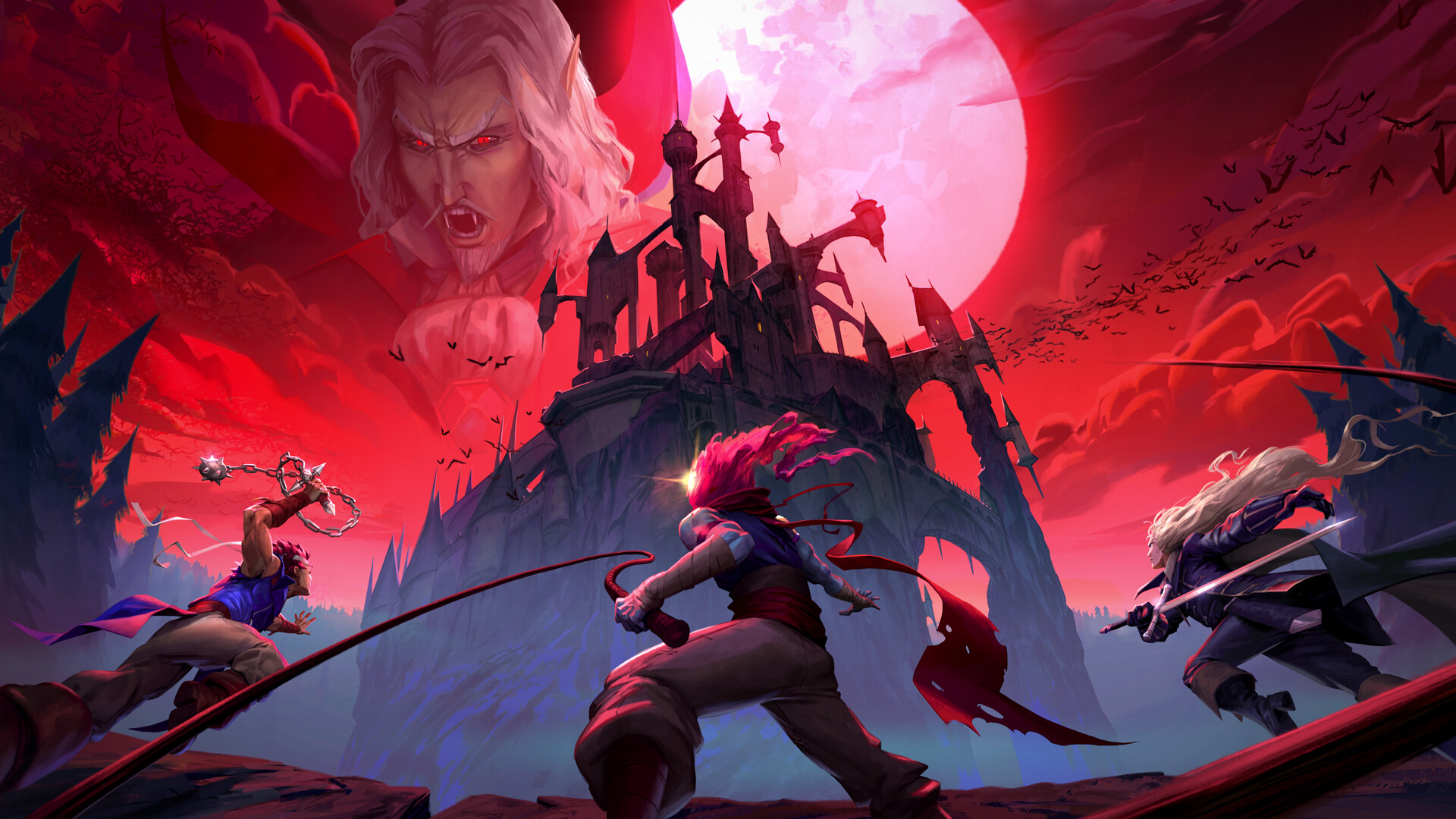In the ever-evolving landscape of video games, certain titles manage to stand out not only for their gameplay mechanics and visuals but also for their unique approach to genre conventions. One such game that has garnered significant attention in recent years is “Dead Cells.” Developed by Motion Twin, this roguelike action-platformer has captured the hearts of gamers and critics alike with its fast-paced combat, procedurally generated levels, and compelling progression system.
At its core, Dead Cells combines the unforgiving nature of roguelike games with the exhilarating combat of a metroidvania. The game’s premise is simple yet intriguing: players take on the role of a nameless, disembodied protagonist known as the Prisoner, who must navigate through a sprawling, interconnected series of procedurally generated levels within a mysterious, ever-shifting island. Death is not the end, as players are resurrected to continue their quest, but with a catch – they lose all collected cells (the game’s currency) and weapons. This blend of roguelike mechanics and metroidvania exploration creates a gameplay loop that is as addictive as it is challenging.
One of the standout features of Dead Cells is its combat system. The fluid and responsive controls allow players to seamlessly transition between various weapons, skills, and traps. The game encourages experimentation, giving players the freedom to develop their own playstyle. This could involve utilizing swift and agile weapons to perform hit-and-run tactics or adopting a more strategic approach by relying on ranged attacks and traps to control the battlefield. The combination of different weapons and abilities not only keeps the gameplay fresh but also offers countless opportunities for creative engagement with enemies.
In a genre known for its difficulty, Dead Cells manages to strike a delicate balance between challenge and reward. Each run presents a unique set of obstacles and enemies, ensuring that players are consistently tested. The thrill of exploring uncharted territory, uncovering hidden secrets, and encountering new foes creates a palpable sense of excitement. This sense of discovery is further enhanced by the game’s intricate level design, which seamlessly interconnects different areas, rewarding players for their exploration with shortcuts and secret passages. However, this interconnectedness also serves as a reminder of the player’s progression and failures, as familiar paths are revisited after each death.
Progression in Dead Cells is a multifaceted system that intertwines the roguelike nature of the game with the persistent growth of the player’s abilities. The game introduces a unique upgrade mechanism through the use of cells, which are obtained by defeating enemies. These cells can be spent in between runs to unlock new weapons, abilities, and upgrades, ensuring that even failed attempts contribute to the overall advancement of the character. This progression system not only provides a sense of accomplishment but also offers players the freedom to tailor their playstyle by unlocking and upgrading the items that suit their preferences.
Visually, Dead Cells is a feast for the eyes. The game employs a pixel art style that harks back to the golden age of 2D gaming while incorporating modern lighting and particle effects. This fusion of old and new results in a visually captivating experience that is both nostalgic and contemporary. Each environment is meticulously designed, with a distinct aesthetic that complements the challenging gameplay. From the eerie depths of forgotten sewers to the ethereal heights of towering castles, the visual variety keeps the player engaged as they traverse the island’s diverse landscapes.
Accompanying the visual spectacle is a haunting and atmospheric soundtrack that further immerses players in the game’s world. The music dynamically shifts in response to the player’s actions, creating an interactive audio experience that enhances the sense of urgency during combat and tranquility during exploration. This attention to detail in the sound design contributes to the overall immersive quality of Dead Cells.
In conclusion, Dead Cells stands as a prime example of how innovation within established genres can yield captivating and addictive gameplay experiences. Its seamless blend of roguelike elements and metroidvania exploration, combined with its fluid combat mechanics and visually arresting art style, make for an experience that is both challenging and rewarding. The game’s emphasis on player agency through its upgrade system ensures that every run, successful or not, contributes to the character’s growth and development. As players traverse the ever-changing island, battling enemies and uncovering secrets, they become ensnared in a loop of excitement and determination that keeps them coming back for one more run, one more attempt to conquer the challenges that Dead Cells presents.

